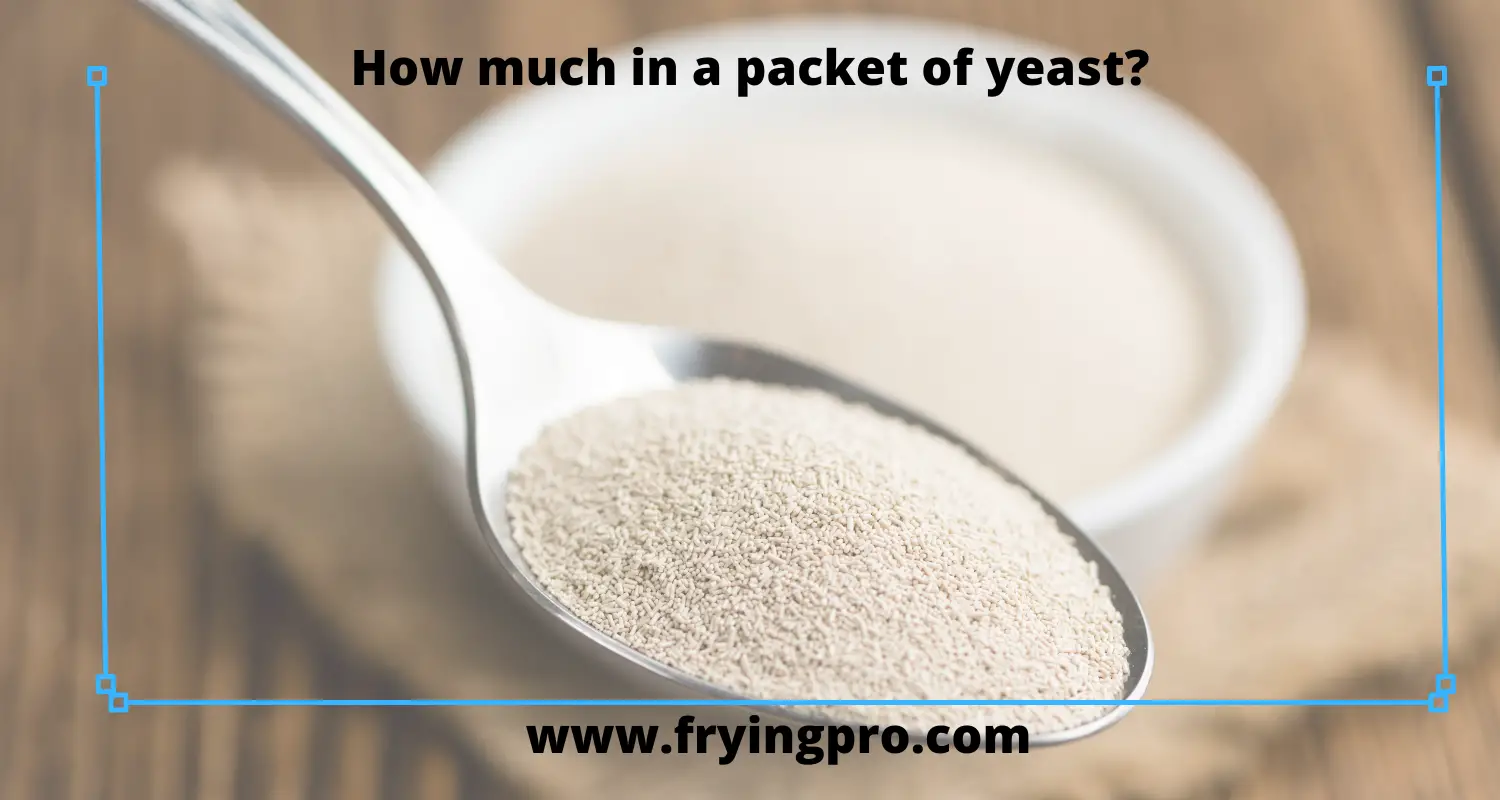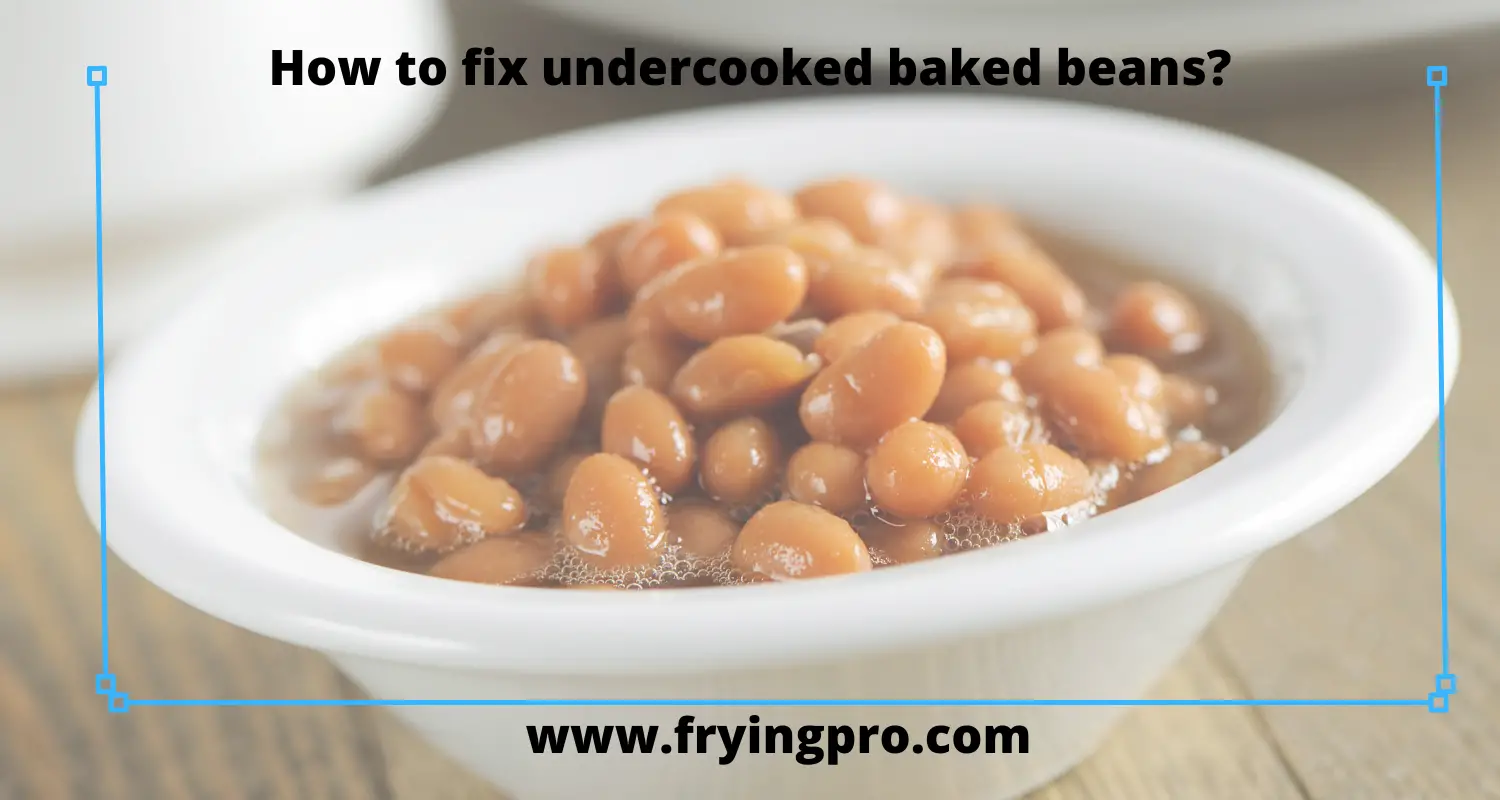Table of Contents
- Does Frying Add Calories?
- What are Calories?
- How do fried foods affect the body?
- Calories in different types of frying oils
- Healthy Choices
- Unhealthy Choices
- Alternatives to Traditional Frying
- Bottom Line
Does Frying Add Calories?
This is an excellent question that has been asked before, but that many people still do not know the answer to. Does frying add calories to your food?
Yes, frying adds a lot of calories to the food because there is so much oil used in the process, and when you eat fried foods, they stay with you for a longer time than if you had eaten them raw or boiled. Frying also makes your stomach fuller faster, which means that eating fried foods can lead to gaining weight over time.
Consuming fried foods in large amounts is unhealthy, but in this post, we’ll inform you about the science behind the calorie addition in fried foods and how many calories can be considered safe for your health.
What are Calories?
A Calorie is a unit of energy released when the body breaks down food. It is also expressed as the energy value of the food. Calories in the foods we eat provide energy for the body to perform its many functions, including moving muscles and growing hair.
But in taking calories in excess of our body’s requirement, we gain weight and risk chronic diseases such as diabetes and heart disease. The amount of calories varies from food to food. Fruits and vegetables contain fewer calories, whereas fats, oils, dairy products, and meats are highest.
Example
– One slice of whole wheat bread(average) = 80 – 110 Calorie
– A small apple (about 100 gm.)= 55 calorie s
– 30g pistachio= 85 calorie s
– Frying two medium-sized potatoes in oil= around 200 calories.
But the question that remains is, what about fried food? Will it add more or less? Frying changes how we perceive the taste of foods, add to their caloric value and make us overeat such fried foods.
For example: if you fry one apple which contains 55 Calories, then after frying these 55 calories becomes almost 260! It means you have added twice as many calories by frying an apple rather than eating a regular uncooked one.
Similarly, when you deep fry (using hot oils), for example, French Fries, they soak up more fat and thus increase their calorie count quite massively! Deep -fryers give off more than 400 calories per cup. Frying food adds a significant amount of fat and, therefore, calories to your meal.
How do fried foods affect the body?
Calorically dense foods are often high in trans fat, increasing LDL (bad) cholesterol, triglycerides, and blood sugar. Deep frying often leads to the formation of acrylamide, a chemical that has been linked to cancer in lab rats.
Eating fried foods in excess can make you more prone to chronic diseases such as heart disease, diabetes, and obesity. Frying foods can also increase the risk of developing metabolic syndrome.
Heart diseases
Studies show that people ate more fried foods tend to have a higher risk of heart diseases. It has been observed that regular consumption of fried foods is linked with an increased risk of heart attack and cardiovascular disease.
Frying foods release free radicals that can damage cells and blood vessels. It is also linked to increased inflammation markers in the body.
Diabetes
Fried foods tend to be high in carbohydrates (which convert into sugar). High intake of fried food often leads to insulin resistance, where cells become less sensitive or responsive towards insulin. When this happens, an overabundance of blood glucose builds up, resulting in the development of type II Diabetes.
A study showed that people who consumed more than four servings a week were much more likely to develop type II diabetes than those who ate less than one serving per month.
Frying causes an increased amount of dietary acrylamide, associated with an increased risk of developing insulin resistance syndrome (IRS).
Obesity
Overweight people consume large amounts of fried foods such as French Fries and fried chicken which add calories to food. A large study showed that people who eat the most fried foods tend to gain more weight than those who don’t consume too much.
Fried foods tend to have increased trans fats that affect hormones that regulate satiety and hunger. Frying food also reduces water content, making us feel hungry soon after eating it.
Calories in different types of frying oils
Deep frying usually ends up providing a high-calorie count, but the choice of oil for deep frying can make a difference. Various oils have different capacities to withstand high heat, and they tend to absorb different amounts of fat. A Healthy oil has two characteristics :
- High smoking point
- Low amount of saturated fats.
Healthy Choices
The best choice is the one with the least amount of hydrogenated oils and trans-Fat. Examples are Olive oil, Canola Oil, Flax Seed Oil, and Peanut Oil. All have excellent quality as they contain less than two grams of saturated fat per tablespoon.
These oils have moderate antioxidants and vitamins, thus making them an excellent choice for frying food at home because they can withstand heat without burning away antioxidants and nutrients.
Unhealthy Choices
The best oil having the lowest calorie is Olive Oil. Frying in olive oil can add up to 200 calories per cup, but it is a better choice when compared to other oils because of its high smoking point and antioxidants.
But the oils to avoid infamous for the high-calorie count are Safflower Oil, Canola oil, and Grapeseed oil, as frying in these oils can add up to 900 calories per cup. These are also not good for health because they contain more than two grams of trans fat and polyunsaturated fatty acids linked with inflammatory responses in the body.
Alternatives to Traditional Frying
Other options can provide the same taste and texture as fried food without adding excess calories and fat. The following approaches can replace frying.
Steaming/Poaching
Steaming/ Poaching is an excellent choice for cooking vegetables like broccoli, cauliflower, etc. The vegetables become crispier when steamed because they get cooked quickly with steam heat, making less time for the oxidization process, thus making them more nutritious.
For fish poached food tastes similar to what you get from pan-frying; they even out crispy on one side while moist on the other. Calories while steaming are far less as the food is not exposed to oil or butter.
Grilling/Broiling
Grilling and broiling work best for cooking chicken, pork chops, steaks, etc. Fats drip away from meat, making it less greasy without losing the taste of the food. Meat cooked on the grill tastes similar to pan-fried but without excess calories and fat in them. It can be combined with marinades made of low-calorie oils like olive oil and lemon juice to add good flavor while maintaining its nutritional value.
People who find it difficult to avoid eating bread and grilled meats; should go for whole-grain bread instead of refined white bread because these tend to have more fiber that slows down the digestion process, thus helping you eat less. The foods Grilled or broiled have calories less than 200 per serving.
Air Frying
Air frying can be considered a good alternative for deep frying because it requires only one tablespoon of oil, which is sprayed onto food with the help of an air fryer machine. Food turns out crispy and juicy without adding too many calories, making it an excellent option over traditional fried foods. And the calorie count in these foods ranges from 200 to 300 calories per serving.
Bottom Line
It is concluded that frying adds a considerable amount of calories to your food. Eating them continuously can put your health at risk. It is best recommended to limit your fried food intake and replace them with steamed or grilled foods.
Frying is not bad, but excess of everything is poisonous. The same rule applies to frying as well because it can add up to calories quickly if you overdo it. Also, use other alternatives and healthier fats to enjoy the same crispy taste in your food.






